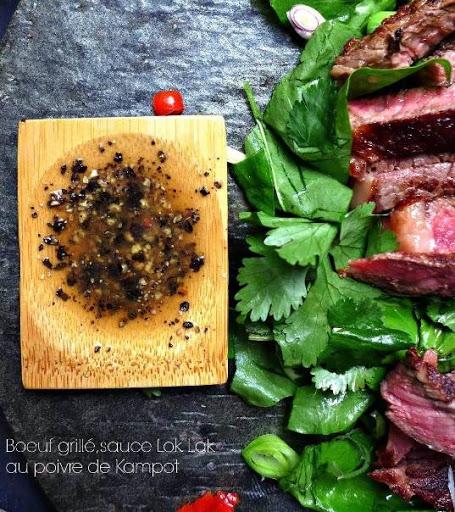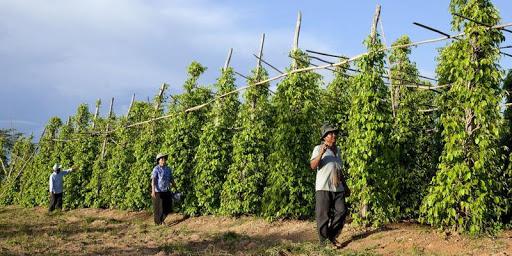
In the footsteps of Kampot pepper
Even if you have never been to Cambodia, you've probably heard of Kampot pepper or at least tasted it. Considered one of the best peppers in the world, it comes from the tropical vine Piper Nigrum. It takes its name from the southern Cambodian province where it is grown: Kampot. By bus, the journey from Phnom Penh takes about three hours.
What makes it so special?
Kampot pepper is a culinary pride of Cambodia. Its black pepper belongs to the "origin" category, the most renowned peppers worldwide. This spice is the first Cambodian agricultural product to be awarded an IGP (Protected Geographical Indication), a label that has protected this pepper since 2010, and was officially registered in Europe in 2016. Kampot black pepper is the only one in the world that holds such an indication.
Much like the great French wines, the region benefits from a unique terroir, craftsmanship, and ancestral knowledge passed down through generations. Today, it is exported worldwide and can be found on the tables of renowned French chefs like Olivier Roellinger.
To taste a dish made with Kampot pepper, enhanced by the young chef Olivier Guillon, head to the fine dining restaurant La Pergola at The Plantation, located on Street 184 in Phnom Penh. Don’t miss the crab market in the neighboring town of Kep, where you can sample local crustaceans seasoned with the famous pepper.

(Typical Khmer dish accompanied by Kampot black pepper)
Kampot Pepper’s resilience
The cultivation of Kampot pepper dates back to the 13th century with the wave of Chinese immigration. However, it wasn’t until the 19th century that it gained momentum. After the Indonesian Sultan ordered the burning of Indonesian pepper plantations to prevent this flavorful treasure from falling into the hands of Dutch colonists, the Kampot region became the favored production area for pepper.

(Pepper grains ranging from black to green, red, yellow, and orange)
Subsequently, its development was largely driven by the French Protectorate, and it became the main export crop with 8,000 tons annually.
The quality of the pepper continued to improve until the Khmer Rouge took power in 1975, replacing pepper cultivation with rice farming. During these dark years, Kampot pepper almost disappeared, but some resilient farmers preserved the knowledge passed down by their parents, which allowed for a return to cultivation in 1979 after the Khmer Rouge regime.

(Farmers tending to the pepper harvest in the Kampot region)
A pepper in full bloom
Today, Kampot pepper is thriving and has a bright future ahead, thanks in part to companies like La Plantation and Farmlink, which work daily to enhance this culinary heritage while ensuring fair wages for producers, thus helping preserve the ancient pepper cultivation practices in the region.

(Pepper is manually sorted after harvesting)
If you find yourself in the area, we recommend visiting La Ferme de Sothy or La Plantation, located about thirty minutes from Kampot. Nathalie and Guy, the owners, will be delighted to welcome you to their property. They offer a free tour with tastings of various types of pepper in French (don’t miss their boeuf loc-lac and chocolate/pepper ice cream).